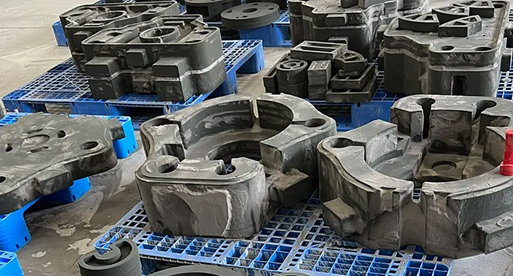Casting, as an indispensable part of the molding process, covers a variety of technologies. Among them, there are as many as ten kinds of universal casting technology, each of which has its own unique application fields and advantages.
Sand casting, as one of the most traditional and widely used casting technologies, its basic principle is to use sand as the main modeling material, through the compaction and modeling of sand, to form the required casting shape. This technology is suitable for the casting of various metals, especially in mass production, and its low cost and easy operation characteristics make it favored. However, sand casting also has some limitations, such as the high roughness of the casting surface, which is not suitable for applications requiring high precision surfaces.
A casting method for producing castings in sand mold is widely used in the manufacture of steel, iron and most non-ferrous alloy castings. The process includes sand compaction, molding and subsequent casting demounding and cleaning steps.
Guangzhou International Casting, die casting and forging industry Exhibition
The process flow of sand casting is not only suitable for manufacturing castings with complex shapes, especially blanks with complex internal cavities, but also has a wide range of adaptability and relatively low cost. In addition, for some materials with poor plasticity, such as cast iron, sand casting is the only effective process for manufacturing its parts or blanks. It is widely used, such as the engine cylinder block, cylinder head, crankshaft and other important castings of automobiles are manufactured through this process. Next, we will introduce another casting process - investment casting.
Guangzhou International Casting, die casting and forging industry Exhibition
Investment casting, also often referred to as "lost wax casting", is a special casting process. It involves making a mold using fusible materials and then covering the surface of the mold layer by layer with refractory material to form a shell. Then, by melting and discharging the mold, the die-free surface mold is obtained. After high temperature roasting, the mold can be used for sand filling and pouring. This process is particularly useful when making castings with complex shapes or cavities.
Process flow and characteristics of investment casting
Investment casting, also known as lost wax casting, is a complex casting process. The process involves making a mold from a fusible material and then covering the mold layer by layer with refractory material to build the shell. By melting and discharging the mold, the parting surface mold is finally obtained. After high temperature roasting, the mold can be used for sand filling and pouring. This process shows significant advantages in the manufacture of castings with complex shapes or cavities.


